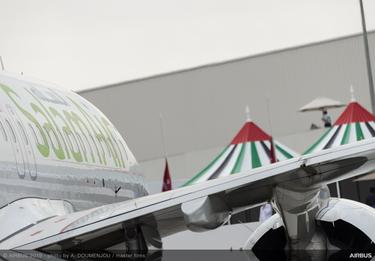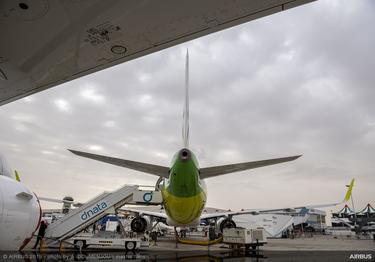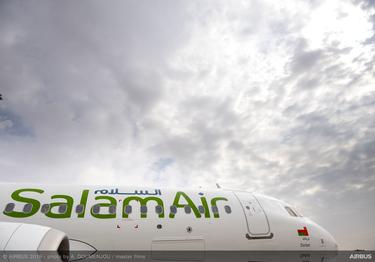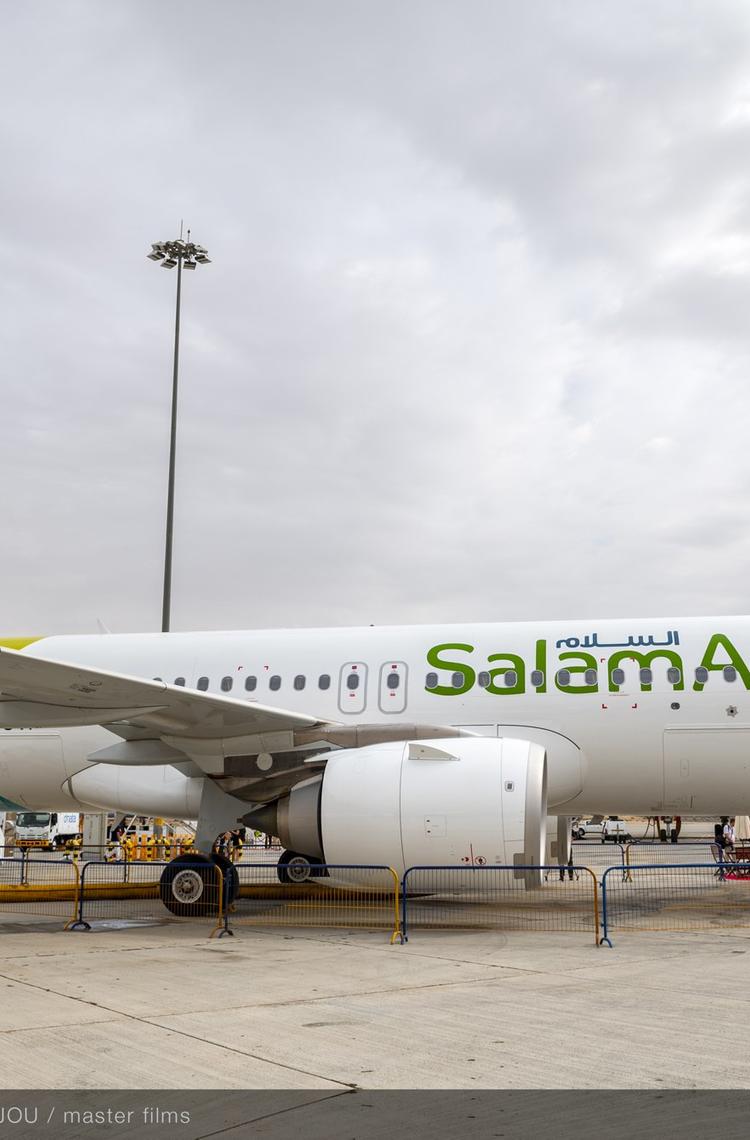The best-selling A320 Family – which already is well established with Middle East and Africa airlines – is opening new routes and business opportunities as Airbus extends the flight distances for this single-aisle product line with the A321LR (long-range) and A321XLR (extra-long-range) versions.
Among the region’s carriers ordering these latest versions of the A320neo Family’s longest-fuselage member include Air Arabia, Arkia, Middle East Airlines, Saudi Arabian Airlines and Qatar Airways.
The A321LR variant – which entered service in one year ago – is able to fly routes of up to 4,000 nm with 206 passengers by utilising extra fuel in three optional Additional Centre Tanks (ACTs); while the A321XLR – to enter in service in 2023 – offers a range of up to 4,700 nm with its increased maximum takeoff weight of 101 tonnes, enabling the jetliner to be fitted with a permanent Rear Centre Tank (carrying 12,900 litres of fuel) and an optional forward Additional Centre Tank.

The Dubai Airshow’s static display area included the presence of a highly-efficient A320neo operated by Oman-based SalamAir
“Perfectly tailored” for the region
Overall, the Middle East and Africa air transport markets will continue their strong growth, with Airbus’ latest Global Market Forecast – covering the 2019 to 2038 timeframe – anticipating the need for 1,630 and 960 jetliners, respectively, in the “small” category (which includes A320 and A220-type aircraft).
“The A321LR and A321XLR are perfectly tailored for the requirements of many operators in this part of the world,” explained Andrew Armitstead, Airbus’ Head of Airline Marketing for Africa and the Middle East.
For small and regional carriers with single-aisle fleets, these two aircraft types give them access to longer-range markets, while the region’s very dynamic low-cost carriers can significantly “stretch their legs” with A321LR and A321XLR, he stated.
With the larger flag carriers and full-service airlines, Armitstead said the A321LR and A321XLR can fulfill multiple purposes, including providing access to routes that might not initially sustain widebody jetliners, opening and building up routes sooner than would be feasible with widebodies, and filling in frequencies on a seasonal basis.

Oman-based low-cost carrier SalamAir brought an Airbus A320neo for its presence at the biennial Dubai Airshow
The A321LR and A321XLR are perfectly tailored for the requirements of many operators in this part of the world
- Andrew Armitstead, Head of Airline Marketing for Africa and the Middle East, Airbus
Continued success, continued improvement
To date, Airbus has logged more than 500 orders and commitments for the A321LR and A321LXR, according to Franck Navallon, the Single-Aisle Family Product Marketing Director at Airbus.
Noting that the 15,000-order milestone has been surpassed for the A320 Family overall, Navallon said the twin-engine aircraft has earned its position as one of the most successful and versatile airliners ever, providing optimum efficiency and versatility for operators on everything from short- to long-haul applications, and the best comfort for passengers with the widest cabin in its class.
“The Airbus strategy of continuous improvement for our jetliner families is a cornerstone of how we do things, and this approach is clearly validated by the customers,” Navallon added. “Each time we develop and evolve the A320 Family – which includes the New Engine Option (NEO) versions, the A321LR and A321XLR development, the introduction of our A321neo new door configuration for flexible seating configurations, and applying the Airspace interior from the A350 XWB and A330neo wide-body jetliners – the market responds by ordering more aircraft.”

Oman-based carrier SalamAir showcased an A320neo during its presence at the biennial event held in the United Arab Emirates
